Alloy C276 Explained: Composition, Properties & Corrosion Resistance
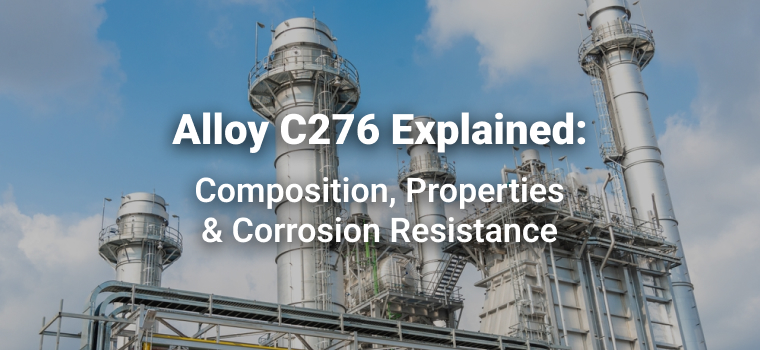
What is Alloy C276?
Alloy C276, commonly known as Hastelloy C276 or Inconel C276, is a nickel-molybdenum-chromium alloy developed for use in highly corrosive environments. With the addition of tungsten and a low carbon content, it offers exceptional resistance to a broad range of aggressive chemicals, including strong oxidisers and reducers. Its resistance to pitting, crevice corrosion and stress corrosion cracking makes it one of the most reliable materials for extreme industrial applications.
While the landing page covers the basics, this article provides an in-depth look at why Alloy C276 performs so well, how it's used across critical industries, and when it should be chosen over other similar alloys.
Chemical Composition of Haselloy C276
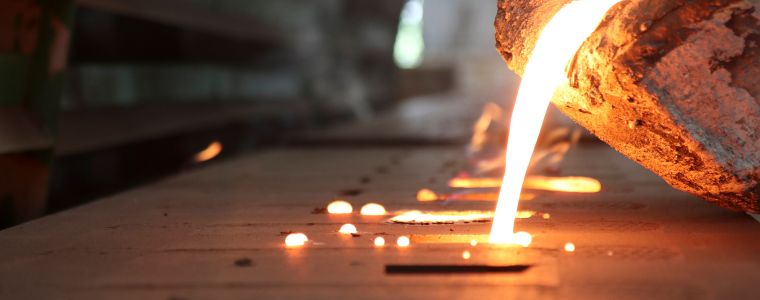
The carefully balanced chemical composition of Alloy C276 is what gives it its industry-leading resistance to corrosion. Each element serves a specific function in resisting pitting, crevice corrosion, and stress corrosion cracking. The alloy's low carbon content also minimises the risk of carbide precipitation during welding, preserving its integrity.
Primary Elements:
- Nickel (Ni): Balance (~57%) – Base element offering structural integrity and corrosion resistance
- Molybdenum (Mo): ~15-17% – Increases resistance to reducing environments
- Chromium (Cr): ~14.5-16.5% – Boosts protection against oxidising media
- Iron (Fe): ~4-7% – Added for structural stability
- Tungsten (W): ~3-4.5% – Enhances resistance to localised corrosion (pitting/crevice)
Trace Elements:
- Cobalt, Manganese, Vanadium, and Silicon in minor quantities
- Very low carbon (<0.01%) to avoid carbide precipitation during welding
This blend enables Alloy C276 to thrive in environments containing hydrochloric acid, chlorine gas, formic and acetic acids, seawater and brine.
Mechanical and Physical Properties
Alloy C276 is more than just corrosion-resistant. Its mechanical performance across a range of temperatures makes it highly versatile for structural and processing applications.
Key Properties:
- Density: 8.89 g/cm³
- Melting Range: 1325–1370°C
- Hardness: ~87 HRB
- Specific Heat Capacity: 427 J/kg·°C
- Electrical Resistivity: 1.229 μmΩ
Mechanical Performance:
- Ultimate tensile strength: 700–1000 MPa (varies by form/size)
- Yield strength: ~280 MPa at room temp
- Elongation: Up to 35%
- Retains strength and ductility up to ~400°C
These figures translate into a material that can handle pressure, bending, and thermal cycling without degradation.
Corrosion Resistance: Where Alloy C276 Outperforms
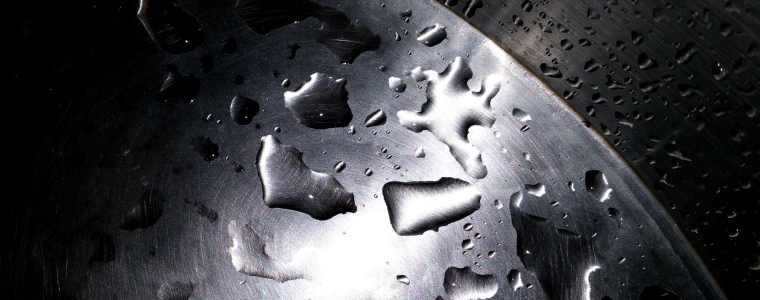
The corrosion resistance of Hastelloy C276 is what sets it apart from other superalloys. It's especially suitable for processes involving mixed acids, oxidising salts and high-chloride environments.
Corrosion Types Resisted:
- Pitting: Excellent due to Mo + W
- Crevice Corrosion: Outperforms 316L and 625 in seawater
- Stress Corrosion Cracking (SCC): Nickel content protects against chloride-induced SCC
- General Corrosion: Withstands HCl, H2SO4, HNO3, H3PO4 and others
Aqueous Corrosion Data Highlights:
- 1% HCl, boiling: 13.3 mpy
- 20% HCl @ 100°C: 154 mpy
- 85% H3PO4 @ 100°C: 5 mpy
These numbers show that while C276 doesn’t eliminate corrosion, it substantially slows it in the harshest conditions.
Applications of Alloy C276 in Industry: Real-World Case Studies
Alloy C276’s exceptional resistance to a wide spectrum of corrosive chemicals makes it a go-to material in industries where failure is not an option. From power generation to food processing, its robust performance in aggressive environments has been tested and proven across numerous critical applications.
Below, we explore the practical use cases of Alloy C276, with examples of how NeoNickel has supplied it in real-world scenarios.
Chemical and Petrochemical Processing
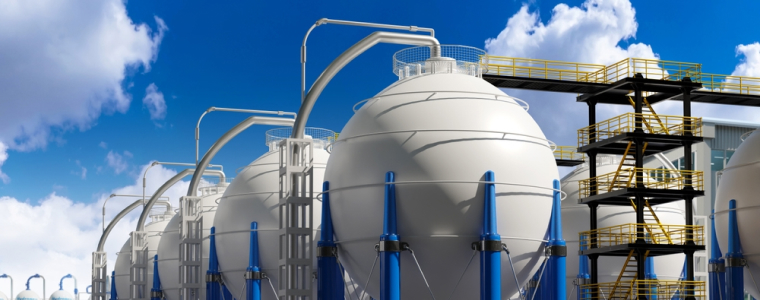
Alloy C276 is extensively used in chemical plants due to its outstanding resistance to both oxidising and reducing agents, including hydrochloric, sulphuric, phosphoric, and nitric acids. It’s ideal for environments where process streams vary widely in composition and acidity.
Common components:
- Heat exchangers
- Reactor vessels
- Distillation columns
- Absorbers
- Scrubbers
Case Study:
In one project, NeoNickel supplied Alloy C276 plate for the construction of a large absorption tower and packed column. The alloy was chosen for its ability to withstand severe acid media and minimise downtime due to maintenance or failure - a crucial factor for plant efficiency.
Marine and Offshore Environments
Environments with high salinity, chlorides, or hydrogen sulphide (H₂S) demand materials that won't degrade under long-term exposure. Alloy C276 is particularly resistant to chloride-induced stress corrosion cracking and is frequently used in offshore platforms and processing lines where seawater contact is continuous.
Common components:
- Pipe systems
- Heat exchangers
- Condensers
- Flue gas scrubbers
Case Study:
In the PTA (Purified Terephthalic Acid) process industry, NeoNickel supplied welded pipe in Alloy C276 to handle the combination of high pressure, acidic content, and elevated temperature. This ensured structural reliability and extended service life.
Food Processing and Animal Feed Industry
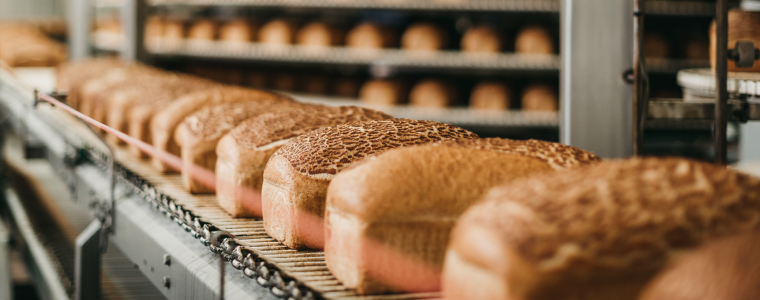
Alloy C276’s non-toxic nature, combined with its corrosion resistance, makes it ideal for hygienic environments such as food production. It's also highly resistant to sanitising agents, hot water, and steam — allowing for safe, long-lasting components in clean-in-place (CIP) systems.
Common components:
- Pasteurisers
- Tanks and vessels
- Fasteners
- Transfer piping
Case Study:
NeoNickel supplied C276 fasteners for use in the animal food industry, where exposure to moisture and high chloride levels can compromise ordinary materials. The fasteners performed reliably over time without corrosion or contamination risks.
Power Generation and Flue Gas Desulphurisation (FGD)
In fossil fuel power plants, flue gases must be cleaned of sulphur compounds to meet environmental regulations. This creates highly corrosive conditions that many materials can't withstand, but C276 performs exceptionally well in FGD systems.
Common components:
- FGD scrubbers
- Heat exchangers
- Dampers
- Evaporators
Case Study:
NeoNickel supplied both Alloy C276 and Alloy 22 for a flue gas desulphurisation installation, where they were used in critical contact zones with sulphur-rich compounds. Their combined performance ensured long-term operation and resistance to scaling, reducing both environmental risk and maintenance cost.
Pharmaceutical and Bioprocessing Environments
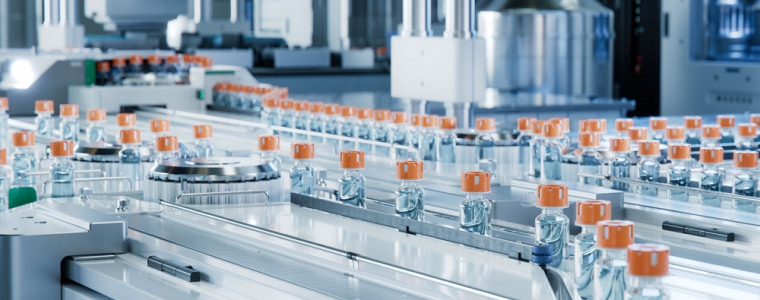
For applications involving solvents, sanitising agents, or pressurised steam, C276 offers a non-reactive, high-purity option. Its smooth surface finish and low magnetic permeability also support stringent hygienic and electromagnetic compatibility requirements.
Common components:
- Mixing vessels
- Autoclaves
- Transfer lines
- Reactors
This combination of corrosion resistance, weldability, and cleanliness allows it to be used for long durations without degradation, ideal for compliance with GMP (Good Manufacturing Practices).
Welding & Fabrication
One of Alloy C276’s key advantages is its weldability without requiring post-weld heat treatment. This makes it easier to fabricate large or complex components on-site.
Fabrication Benefits:
- Compatible with TIG, MIG, and SMAW
- Low carbon = reduced carbide formation
- High ductility enables bending and forming
Alloy C276 is one of the most robust, reliable and widely trusted corrosion-resistant alloys available today. Whether you're managing risk in a chemical plant or choosing materials for offshore processing, this alloy offers unmatched performance.
View our product page and request a quote: Alloy C276 Product Page →
